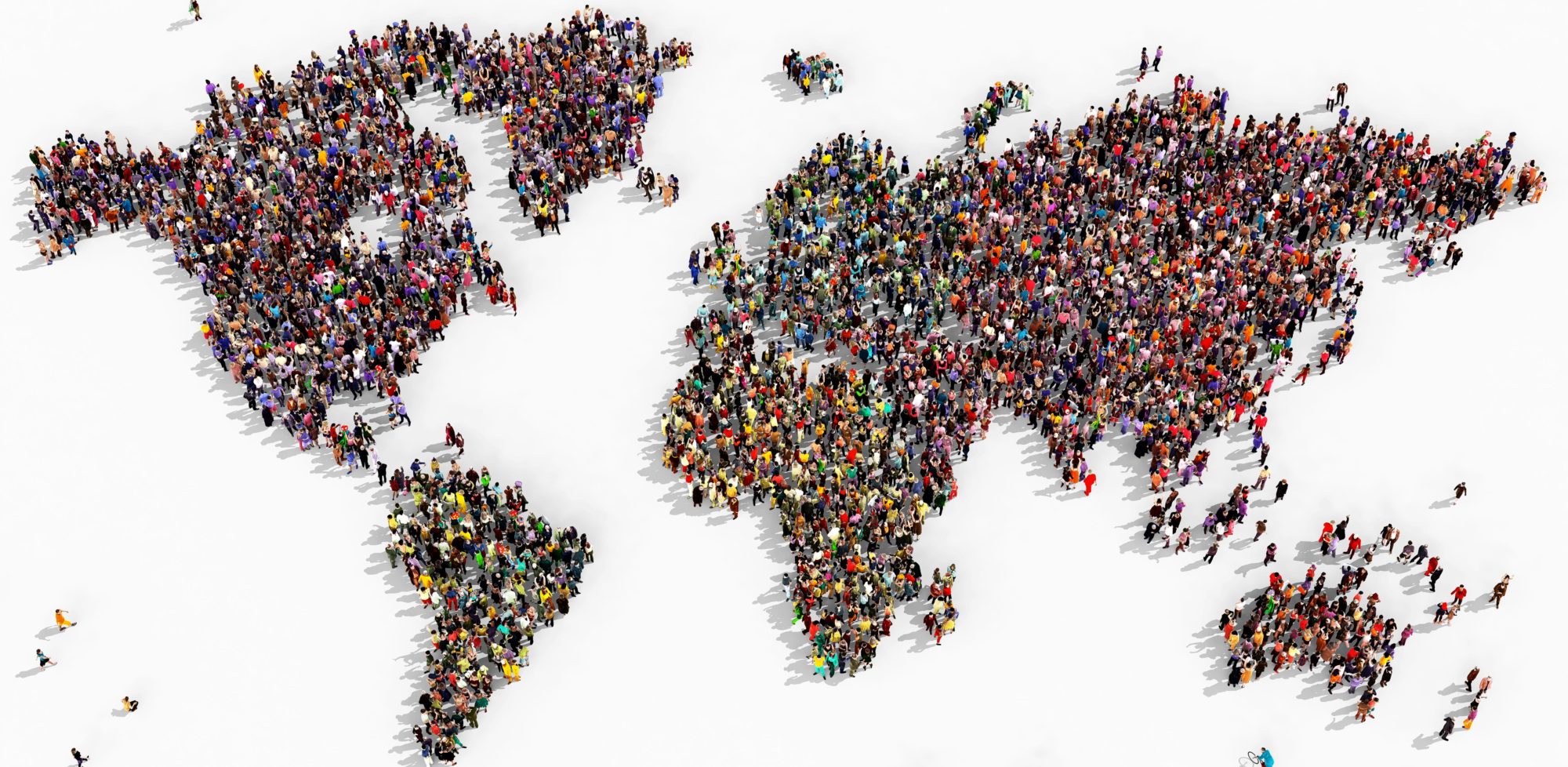Welcome to the blog for The Mess We’re In – Managing the Refugee Crisis which each week provides a section from the book. One Chapter a week. This week is from Chapter 2 which outlines why people become refugees, the historic data and future projections. I hope you find it of interest.
The previously discussed relationship between low wealth, low growth and civil war is important when considering the probability of refugee volumes in the future. As mentioned, projections suggest that the greatest population growth will come from the poorer nations. Alarmingly it is also the poorer nations that are more likely to fall into civil war. Ultimately this creates the potential for the displacement of very large groups of people in the future.
Not only does this increase the potential number of people that could be displaced, it also increases the number of people in the developing world relative to the developed world. This will proportionally reduce the developed world’s ability to support those in need. According to data from the United Nations Population Division, since 1951 approximately 91% of the world’s population growth has occurred outside the high income countries defined by the World Bank1. This skewed growth has decreased the proportion of the population that lives within high income countries from 32% to 19%.

Source Data: “2015 Revision of World Population Prospects” UN Population Division.
This skewed growth reflects a general pattern where the population growth of a country reduces as the average wealth and life expectancy of its people improves. This pattern is explained by the concept of Demographic Transition, which outlines five stages in the transition from high birth rates to low birth rates. It explains that countries generally start with both high birth rates and high mortality rates. As wealth and development improves, both sanitation and medicine improves as well. The mortality rate subsequently drops but the high birth rate persists, rapidly expanding the population. Over time, the improving wealth, urbanisation and education lowers the birth rate and the population stabilises.
Demographic Transition has occurred across Europe, the United States and other parts of the industrialised west over the past 150 years. More recently it has occurred in some countries across Asia (such as Japan, South Korea), South America (such as Brazil, Argentina) and Africa (such as Kenya) as their wealth has increased. The inverse relationship between wealth and fertility rates applies across the world’s major religions of Christianity, Islam, Hinduism and Buddhism2. However, not all religions have the same current TFR. This is discussed in further detail in Chapter 7.

Source: Max Roser, “Our World In Data”, accessed 25 October, 2016.
The consecutive year count (see Figure below) shows that countries tend to remain as significant sources for refugees for a number of years, and that problems tend to persist. Thus, the most likely refugee Countries or Origin are the countries that are already the primary refugee-producing nations. Only a small percentage of each country’s total population have become refugees or asylum seekers to date, leaving a large future potential population who may still request asylum. Those who are already IDPs would be the most likely to move. The high TFRs indicate that these countries are still growing, very rapidly. Eight of the top ten Countries of Origin for forcibly displaced people in 2014 have fertility rates of four or more (much higher than the worldwide average of 2.4). Thus, even if all of today’s refugees are provided a durable solution, without rectifying the situations within the Countries of Origin, the future numbers of refugees from these countries could be even larger than they are today.

Source Data: UNHCR, Global Trends: Forced Displacement in 2014. (2015)
End Notes:
- “2015 Revision of World Population Prospects,” UN Population Division, accessed 10 December, 2016 www.un.org/en/development/desa/population/
- Hans Rosling, “Religion and Babies” (Talk presented via TED Tal, April 2012, Doha, Qatar).
This was taken from the 2017 book, The Mess We’re In – Managing the Refugee Crisis. It can be purchased at any book store in Australia and online, including via this link.
